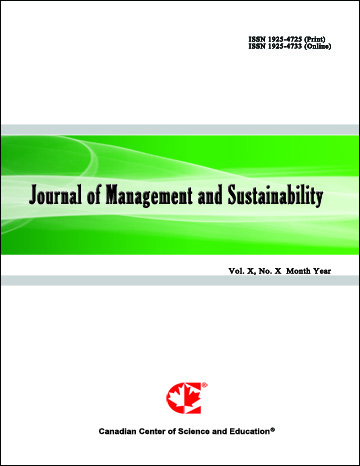Students’ Evaluation of Frame Factors and Teaching Process: Implications for Educational Leadership
- Shaukat Raza
- Nadeem Bhatti
- Ghulam Maitlo
- Syed Rizvi
- Faiz Shaikh
Abstract
Students are seeking university education that may help them enter in the job markets and they are selecting universities which meet their own standards. The idea of economic self-sufficiency and commodification of higher education have also depicted students as fee paying customers and universities are switching from teacher-centered to student-centered approaches for attracting and retaining students. To explore the situation in local universities, the study investigated perceptions of students about frame factors and teaching process in terms of administrative frames, curriculum frames, teacher attributes, learning facilitation, and quality of feed-back as sub-scales. How students were viewing these factors; which factors were relatively stronger; which universities were performing better or otherwise; and what implications of these conditions educational leaders may face were the main questions answered in the study. A spectrum of 600 students taken 25 from each of the sample department of three public and two private universities of Lahore selected on 30% stratified random sampling technique constituted the sample. Data were collected through self-constructed survey scale which was found reliable at 0.9150 Cronbach's alpha. Principle Component Factor Analysis extracted five factors namely administrative frames, curriculum frames, teacher attributes, learning facilitation, and quality of feed-back. Mean scores and correlations were calculated for these sub-scales. One-Sample t-test, Independent samples t-test, and one-way ANOVA were employed for significance and variance analysis. The study concluded that students were not fully satisfied with the administrative frames, curriculum frames, teacher attributes, learning facilitation, and quality of feed-back available at sample universities. Teacher attributes were relatively stronger whereas quality of feed-back was at the lowest count. The situation in public universities was little better as compared with private sector universities. This situation reflects unsatisfactory performance of local universities in terms of administrative frames, curriculum frames, teacher attributes, learning facilitation, and quality of feed-back. Rigorous initiatives on the part of educational leaders to improve upon the situation included in the major recommendations.- Full Text:
 PDF
PDF
- DOI:10.5539/jms.v2n1p170
Journal Metrics
Google-based Impact Factor (2021): 1.54
h-index (July 2022): 37
i10-index (July 2022): 147
h5-index (2017-2021): 12
h5-median (2017-2021): 19
Index
- Academic Journals Database
- ANVUR (Italian National Agency for the Evaluation of Universities and Research Institutes)
- CAB Abstracts
- CNKI Scholar
- EconBiz
- Excellence in Research for Australia (ERA)
- GETIT@YALE (Yale University Library)
- Harvard Library
- HeinOnline
- Infotrieve
- JournalTOCs
- LOCKSS
- MIAR
- PKP Open Archives Harvester
- RePEc
- Scilit
- SHERPA/RoMEO
- Stanford Libraries
- UCR Library
Contact
- Evelyn XiaoEditorial Assistant
- jms@ccsenet.org
